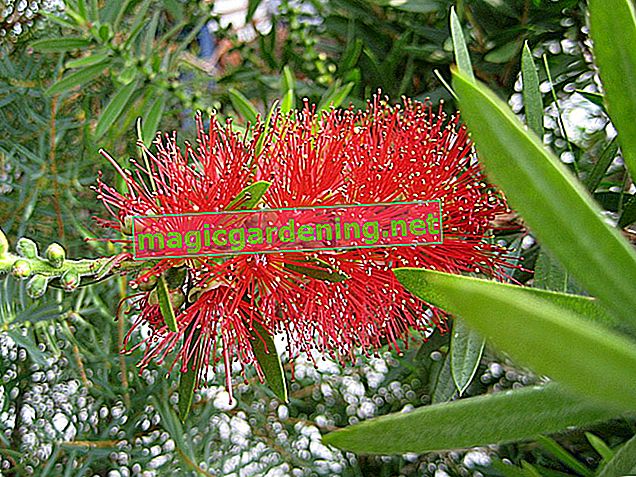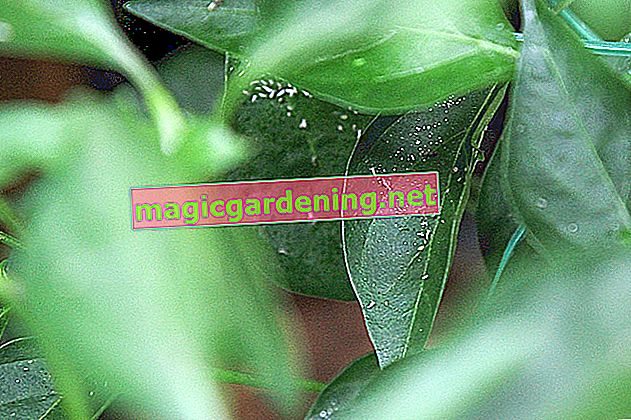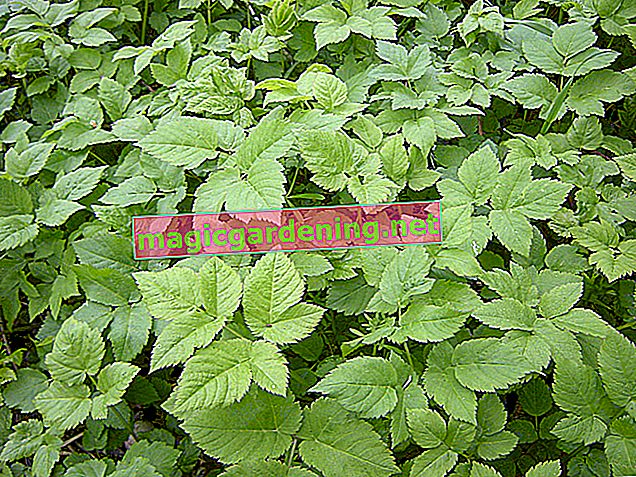
How often should the crop be watered?
The substrate should be kept moist and not dry out. It is therefore important to water Callistemon laevis regularly. Whenever you see that the top layer of soil has dried up, you should pull out the watering can. Use only water with little lime! If water has collected in the coaster, throw it away to prevent the roots from rotting!
also read
- The most important aspects in the care of Callistemon
- Care of the Bornholm marguerite: do not neglect!
- Caring for the star magnolia: neglect but don't forget
Does this plant need fertilizer?
Like its relatives, this cylinder cleaner is a heavy eater. For this reason, it should be fertilized at regular intervals:
- from the end of March / beginning of April
- by September at the latest
- do not fertilize in winter
- Maintain a rhythm of 2 to 4 weeks
- conventional liquid fertilizer meets the requirements
- alternatively: give long-term fertilizers in March and June
Why and when does a cut make sense?
Callistemon laevis should be pruned after flowering. Cut away the old inflorescences! No leaves are formed there. Don't be too radical! Primarily, this cut is supposed to encourage the emergence of new flowers.
Furthermore, this plant should be thinned out regularly, taking away, among other things, sick, weak and crossing shoots. Heavy pruning is also tolerated by the plant. It is appropriate when it has grown too large or to rejuvenate it with age.
When is Callistemon laevis repotted?
The best time to repot this plant, which should preferably be kept in a pot or tub, comes in late winter. Between February and March the plant is placed in a slightly larger pot with new soil.
Why is winter storage appropriate?
This cylinder cleaner is sensitive to frost and not hardy in this country. -5 ° C is considered to be its absolute temperature minimum. To avoid frostbite, Callistemon laevis is overwintered from September.
Tips
Callistemon laevis is usually of no interest to pests. They are repelled by the citrus-like scent of its leaves.








